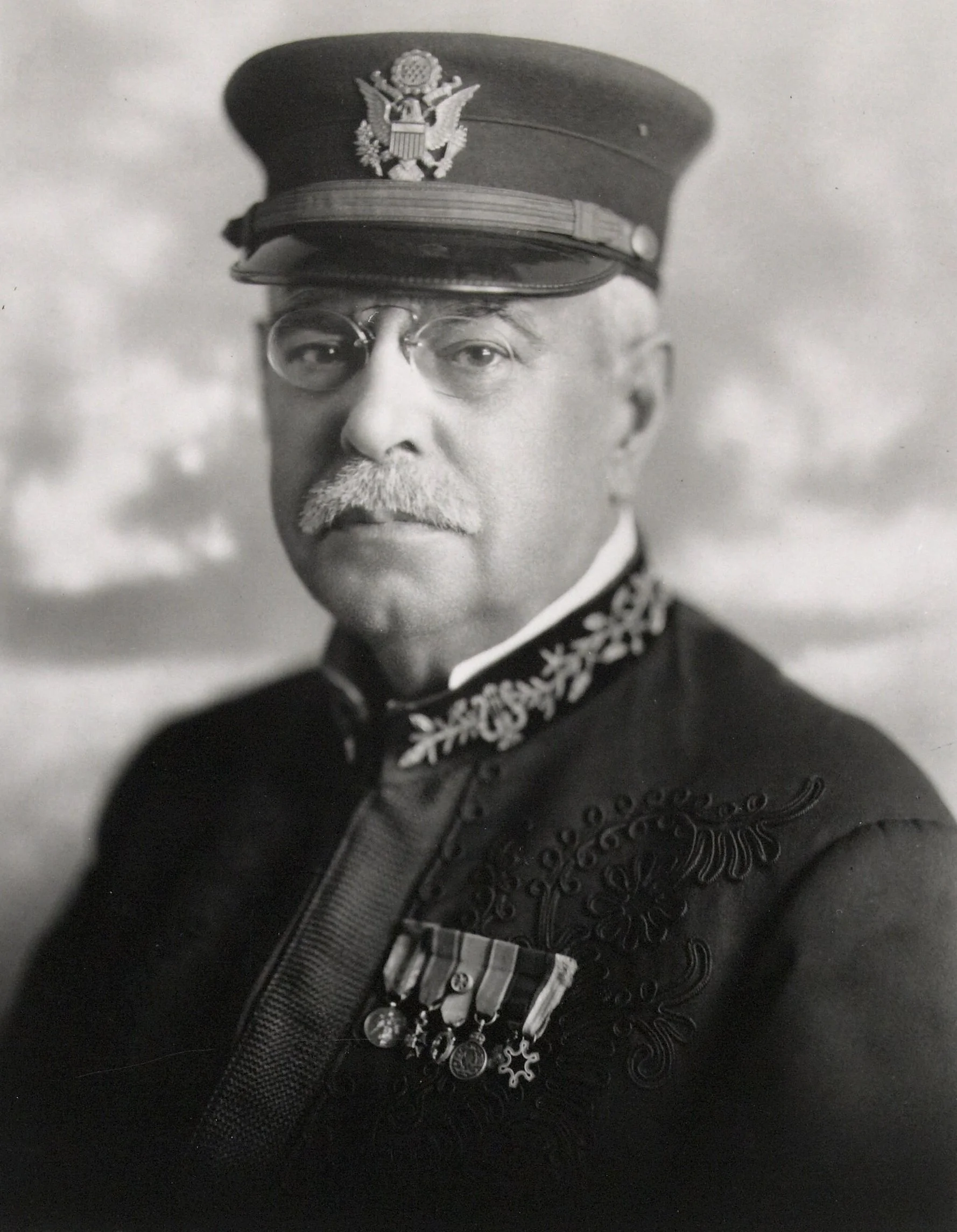Composer of the Month: John Philip Sousa
This March we are learning about the life and music of John Philip Sousa - considered the “March King” for the 136 marches he wrote and his revitalization of the US Marine Band in the late 1800s.
Sousa was born on November 6, 1854 in Washington DC, near the Marine Barracks where his father was a musician in the Marine Band. Sousa tool to music early in life, learning piano and falling in love with the violin. And he almost joined a circus band at the age of 13, but was persuaded by his father to join the Marine Band instead.
Sousa left the Marine Band and the Marine Corps at the age of 20. His musical career continued, touring with traveling orchestras and theater groups, working in publishing houses, and even composing music for operettas.'
A telegram received in 1880 offered him the job of a lifetime: the leadership of the Marine Band in Washington DC. Under Sousa’s baton, the Band became famous far and wide and famous for its musical excellence. In 1891, the Marine Band went on its first tour, a tradition that has continued to this day.
One of Sousa’s most famous marches is “The Stars and Stripes Forever.” In 1987, Congress named this as the national march of the United States.
By the way, the musical style referred to as a “march” sounds much as its name suggests. These pieces are written specifically for marching to and often played by military bands. Marches have a strong regular rhythm and are often written in 2/4 or 4/4 time signatures.
Sousa even invented an instrument: the Sousaphone (see a photo below)! By changing the shape of a traditional tuba so that it can be worn on the body, Sousa made it easier for these great bass brass instruments to be carried in marching bands. Sousaphones continue to be a staple in every modern marching band!
Marching band musicians playing Sousaphones
Sousa’s final concert as the Marine Band’s conductor took place on the White House lawn in 1892. He then formed his own civilian band - The Sousa Band - which performed over 15,000 concerts worldwide between 1892 and 1931.
In addition to the continued and widespread use of the Sousaphone and fame of his many marches, Sousa even had a World War II Liberty Ship named after him: the SS John Philip Sousa!
Have a listen to some of Sousa’s most famous pieces:
Students! Check your practice assignments and email for more John Philip Sousa resources. Complete at least one of these to collect a Sousa trading card!


